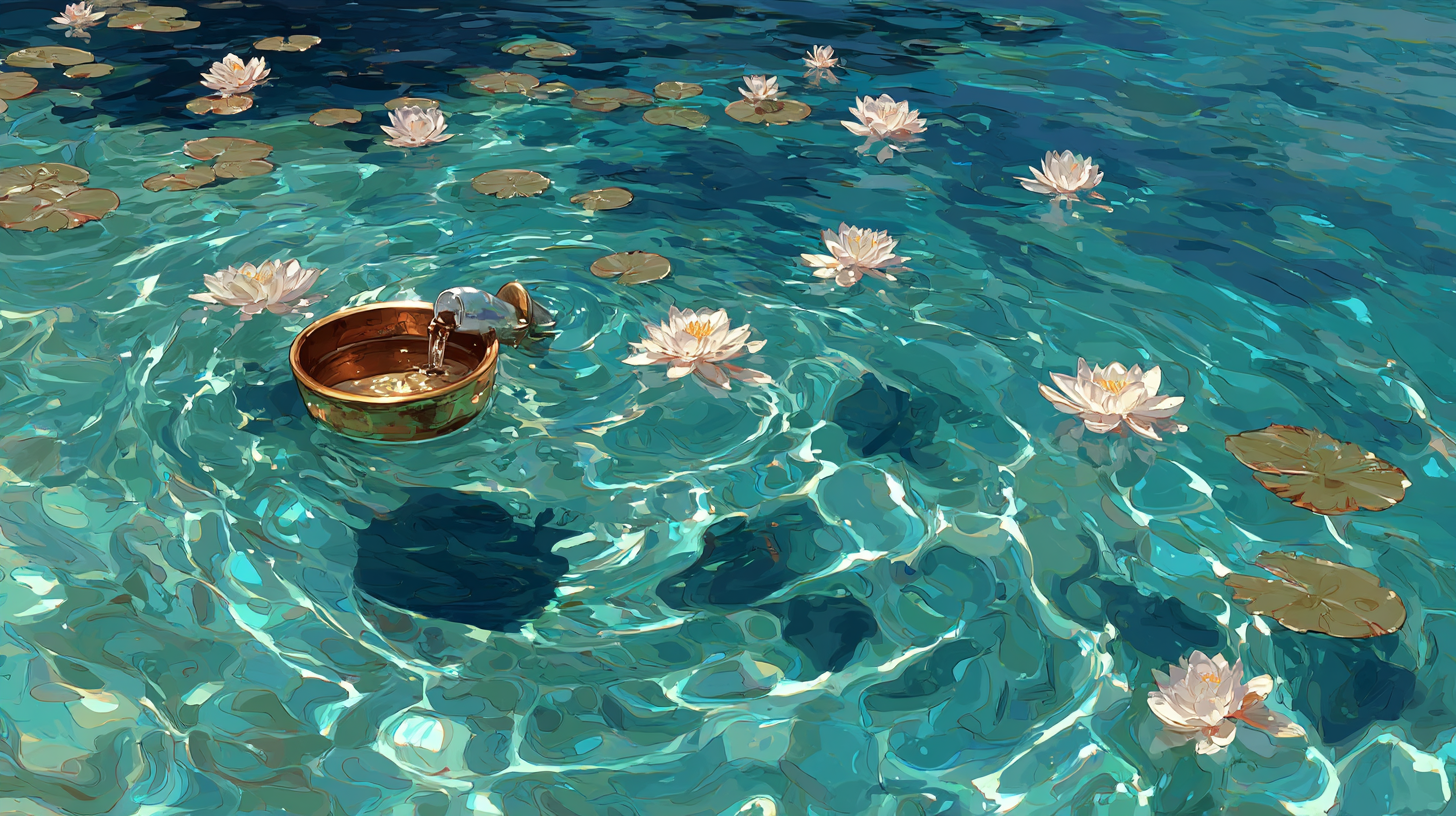In the rarefied world of luxury perfumery, few ingredients command as much reverence and fascination as oud. Known as "liquid gold" and often more expensive per gram than actual gold, this precious resinous heartwood has been treasured for millennia across cultures for its complex, multifaceted aroma that seems to tell stories of distant lands and ancient traditions.
The Origins of Oud: Nature's Rare Treasure
Oud, also known as agarwood, is not simply harvested from trees—it's the result of a remarkable natural phenomenon. When the Aquilaria tree, native to Southeast Asia, becomes infected with a specific type of mold called Phialophora parasitica, it produces a dark, resinous heartwood as a defense mechanism. This resin-embedded wood is what we call oud or agarwood.
What makes oud truly extraordinary is its rarity. Not all Aquilaria trees produce this resin, and those that do often take decades to develop the richest quality oud. As these trees have become endangered due to overharvesting, genuine oud has become increasingly scarce, contributing to its already astronomical value in the perfume world.
The Sensory Profile of Oud
Attempting to describe the scent of oud is like trying to capture the essence of a complex symphony in a single sentence—nearly impossible yet irresistibly compelling. At its core, oud presents a rich, woody foundation that can be:
- Sweet and honeyed with resinous depths
- Animalic and musky with leather-like facets
- Smoky and balsamic with subtle spicy undertones
- Earthy and damp with hints of wet soil after rain
These characteristics vary dramatically depending on the oud's origin, with Thai oud often presenting sweeter profiles compared to the more medicinal Indian varieties. The complexity of oud is what makes it so valuable to perfumers—it functions almost as a perfume in itself, offering a full spectrum of notes that evolve over time.
Oud in Historical Context
Long before oud became a coveted ingredient in Western luxury perfumery, it held profound cultural significance across the Middle East, South Asia, and East Asia. In many Middle Eastern countries, oud has been burned as incense during significant ceremonies for thousands of years. The practice of burning oud chips in mabkhara (traditional incense burners) remains an important ritual of hospitality.
In traditional Arabic perfumery, oud has always been the cornerstone of fine fragrances. It features prominently in attar—concentrated perfume oils that have been crafted for centuries using traditional distillation methods. These attars are often worn during religious observances and special occasions as a form of spiritual and social enhancement.
The Western Renaissance of Oud
While oud has been treasured in Eastern cultures for millennia, it only gained significant prominence in Western perfumery in the early 2000s. As global fragrance markets expanded and consumers sought more exotic and distinctive scent experiences, luxury perfume houses began introducing Western audiences to this extraordinary material.
What started as a niche trend quickly evolved into a full renaissance, with virtually every major perfume house releasing their interpretation of an oud-centered creation. This surge in popularity has transformed oud from an exotic curiosity to a mainstream luxury signifier in contemporary perfumery.
Notable Oud Interpretations in Modern Perfumery
Today's luxury perfume landscape offers numerous interpretations of oud, each showcasing different facets of this complex material:
- Traditional Middle Eastern interpretations that showcase oud in its purest, most potent form
- Western adaptations that blend oud with familiar notes like rose, vanilla, or sandalwood to create more accessible compositions
- Contemporary experimental approaches that pair oud with unexpected elements like marine notes or bright citruses
Sustainable Approaches to Oud
As demand for oud continues to rise, sustainability has become an increasingly critical consideration. With wild Aquilaria trees classified as endangered, responsible perfume houses are turning to several solutions:
- Cultivated agarwood plantations that offer sustainably grown alternatives
- Carefully managed harvesting practices that preserve tree populations
- Synthetic oud accords that recreate the scent profile without endangering the species
At TOFE Perfume, our commitment to ethical luxury means we source our oud only from certified sustainable plantations, ensuring our fragrances honor both the tradition of this precious ingredient and the future of the environments that produce it.
Experiencing Oud in TOFE Dubai Oud
Our signature creation, Dubai Oud, represents our reverence for this extraordinary ingredient. In this composition, we've highlighted the rich, resinous character of sustainable oud while complementing it with lustrous amber and delicate rose notes. The result is a fragrance that captures the essence of opulent Middle Eastern perfumery while remaining distinctly modern and approachable.
For those new to oud fragrances, Dubai Oud offers an ideal introduction—showcasing the material's depth and complexity while balancing its more challenging facets with familiar luxurious elements. The experience evolves on the skin throughout the day, telling a story that unfolds with each passing hour.
Conclusion: Oud's Enduring Allure
In a world where true luxury increasingly means authenticity, rarity, and narrative depth, oud stands as perhaps the ultimate perfume ingredient. Its limited availability, cultural significance, and unparalleled complexity ensure that it will remain at the pinnacle of luxury perfumery for generations to come.
Whether experienced in its traditional Middle Eastern context or through contemporary Western interpretations, oud continues to captivate with its ability to transport the wearer across time and place—the hallmark of truly transformative perfumery.
